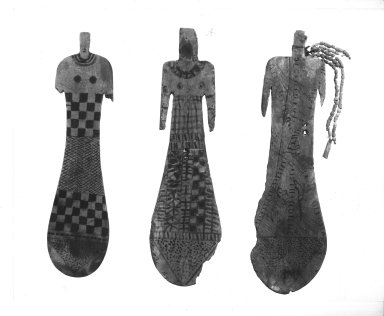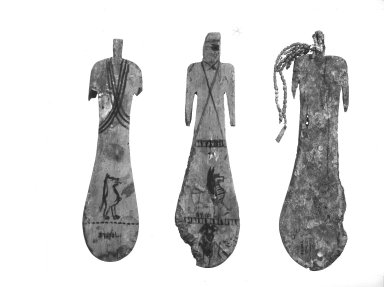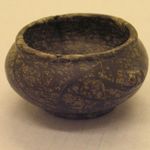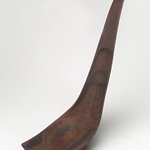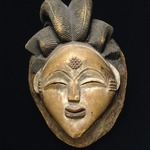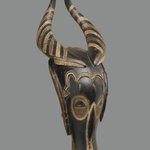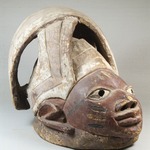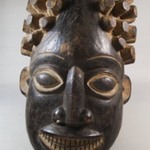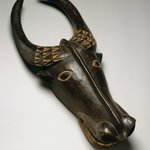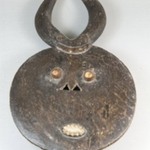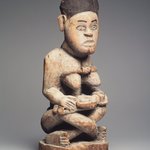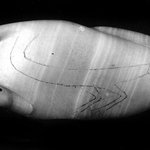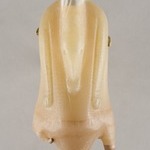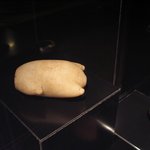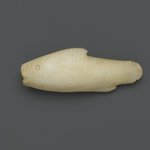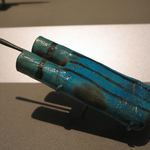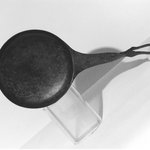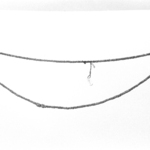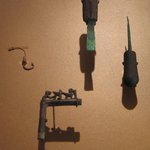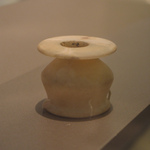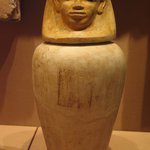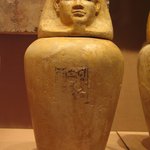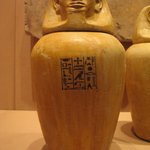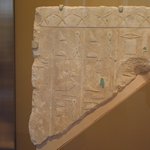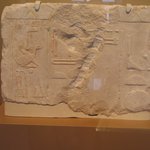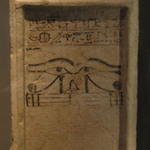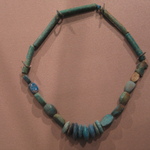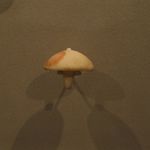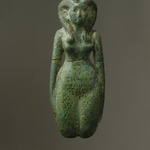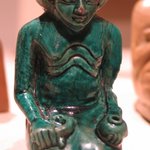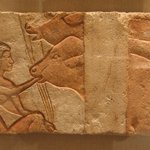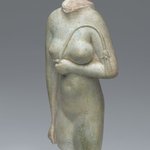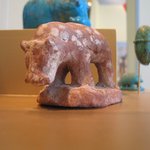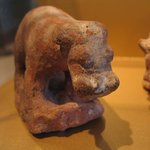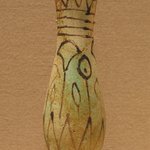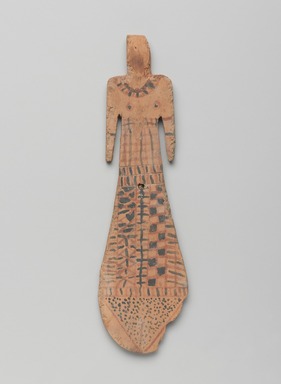

Paddle Doll, ca. 2081–1700 B.C.E. Wood, pigment, 8 3/4 x 2 1/2 x 1/4 in. (22.3 x 6.3 x 0.7 cm). Brooklyn Museum, Charles Edwin Wilbour Fund, 37.101E. Creative Commons-BY (Photo: , 37.101E_PS9.jpg)
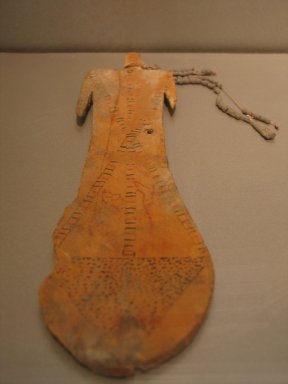
Paddle Doll, ca. 2081–1700 B.C.E. Wood, pigment, 8 3/4 x 2 1/2 x 1/4 in. (22.3 x 6.3 x 0.7 cm). Brooklyn Museum, Charles Edwin Wilbour Fund, 37.101E. Creative Commons-BY (Photo: Brooklyn Museum, CUR.37.101E_erg456.jpg)
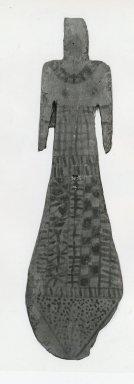
Paddle Doll, ca. 2081–1700 B.C.E. Wood, pigment, 8 3/4 x 2 1/2 x 1/4 in. (22.3 x 6.3 x 0.7 cm). Brooklyn Museum, Charles Edwin Wilbour Fund, 37.101E. Creative Commons-BY (Photo: Brooklyn Museum, CUR.37.101E_GRPC_cropped_print_bw.jpg)
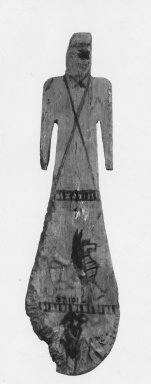
Paddle Doll, ca. 2081–1700 B.C.E. Wood, pigment, 8 3/4 x 2 1/2 x 1/4 in. (22.3 x 6.3 x 0.7 cm). Brooklyn Museum, Charles Edwin Wilbour Fund, 37.101E. Creative Commons-BY (Photo: Brooklyn Museum, CUR.37.101E_GRPB_cropped_print_bw.jpg)

Paddle Doll, ca. 2081–1700 B.C.E. Wood, pigment, 8 3/4 x 2 1/2 x 1/4 in. (22.3 x 6.3 x 0.7 cm). Brooklyn Museum, Charles Edwin Wilbour Fund, 37.101E. Creative Commons-BY (Photo: Brooklyn Museum, CUR.37.101E_GRPA_cropped_print_bw.jpg)
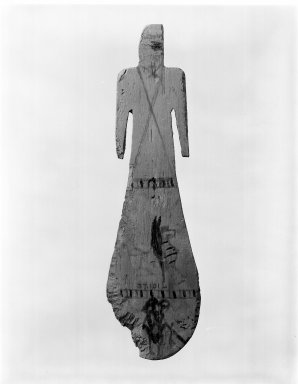
Paddle Doll, ca. 2081–1700 B.C.E. Wood, pigment, 8 3/4 x 2 1/2 x 1/4 in. (22.3 x 6.3 x 0.7 cm). Brooklyn Museum, Charles Edwin Wilbour Fund, 37.101E. Creative Commons-BY (Photo: Brooklyn Museum, CUR.37.101E_NegC_print_bw.jpg)
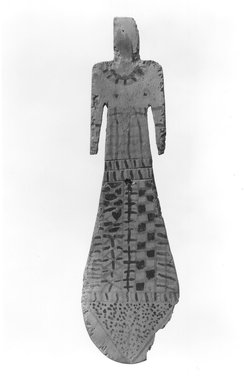
Paddle Doll, ca. 2081–1700 B.C.E. Wood, pigment, 8 3/4 x 2 1/2 x 1/4 in. (22.3 x 6.3 x 0.7 cm). Brooklyn Museum, Charles Edwin Wilbour Fund, 37.101E. Creative Commons-BY (Photo: Brooklyn Museum, CUR.37.101E_negA_bw.jpg)
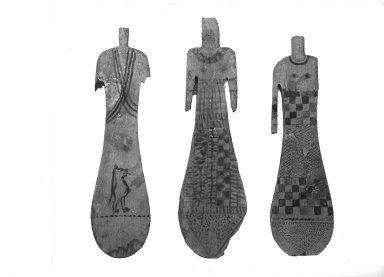
Paddle Doll, ca. 2081–1700 B.C.E. Wood, pigment, 8 3/4 x 2 1/2 x 1/4 in. (22.3 x 6.3 x 0.7 cm). Brooklyn Museum, Charles Edwin Wilbour Fund, 37.101E. Creative Commons-BY (Photo: , CUR.37.100E_37.101E_37.105E_GRPC_print_bw.jpg)

Paddle Doll, ca. 2081–1700 B.C.E. Wood, pigment, 8 3/4 x 2 1/2 x 1/4 in. (22.3 x 6.3 x 0.7 cm). Brooklyn Museum, Charles Edwin Wilbour Fund, 37.101E. Creative Commons-BY (Photo: , CUR.37.101E_NegD_print.jpg)
Paddle Doll
Egyptian, Classical, Ancient Near Eastern Art
On View: Egyptian Orientation Gallery, 3rd Floor

